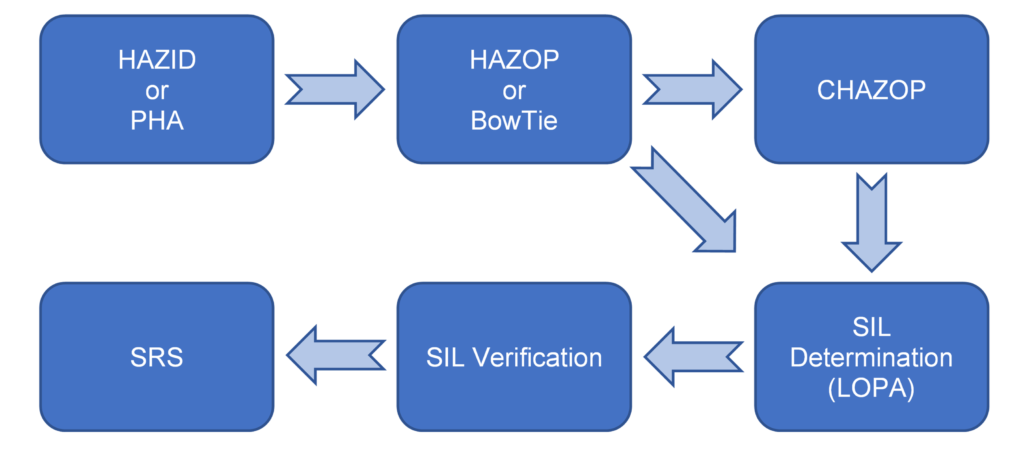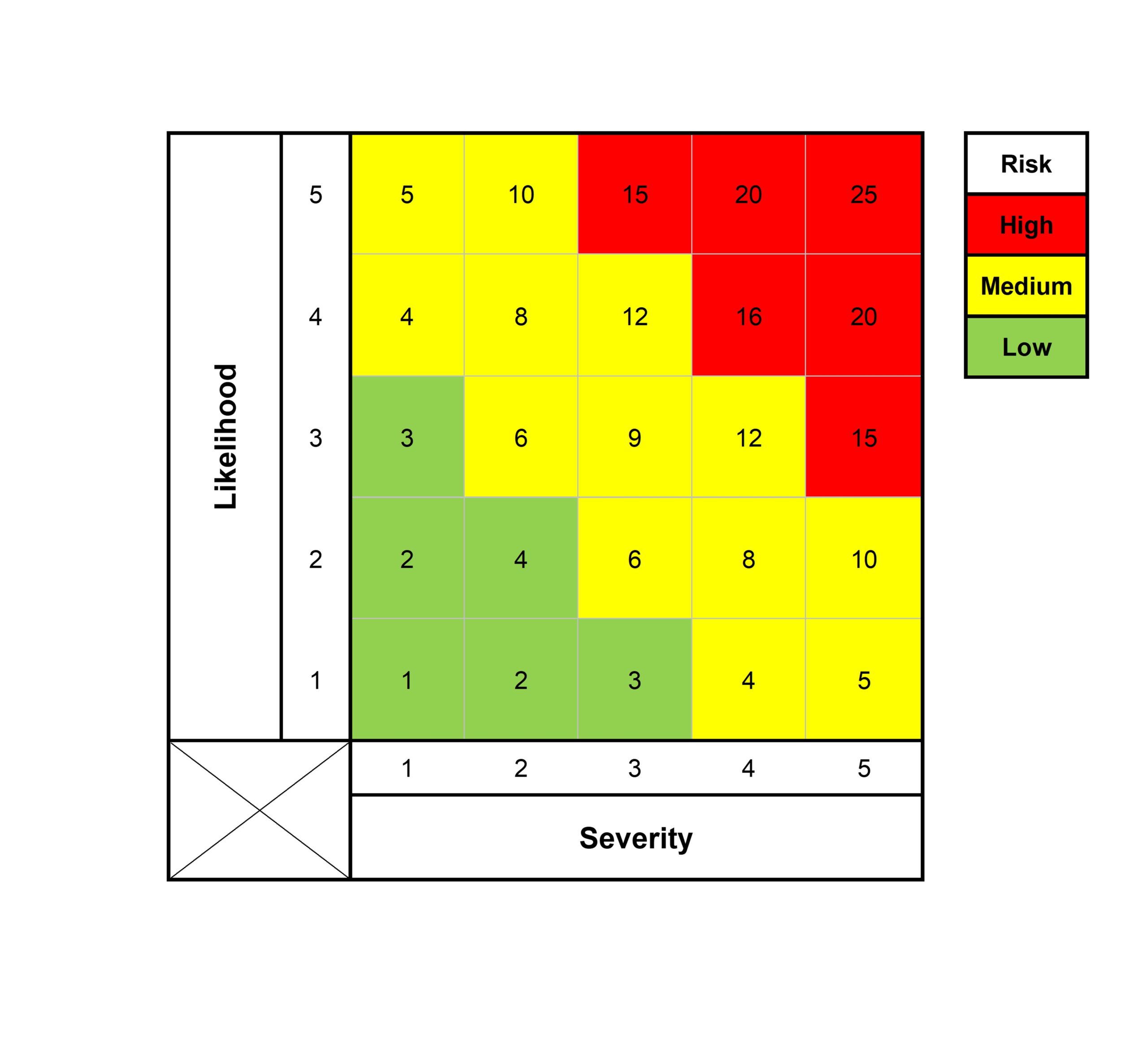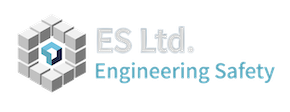Qualitative Risk Analysis
Qualitative Risk Analysis is a technique used to qualitatively define the risk associated with a particular hazard. Risk assessment is used for uncertain events that could have many undesirable outcomes and for which there could be significant consequences. Risk is a function of probability of an event (a particular hazard occurring) and the consequences given the event occurs. Probability refers to the likelihood that a hazard will occur. In a qualitative assessment, probability and consequence are not numerically estimated, but are evaluated verbally using qualifiers like high likelihood, low likelihood, etc. Qualitative assessments are good for screening level assessments when comparing/screening multiple alternatives or for when sufficient data is not available to support numerical probability or consequence estimates. Once numbers are inserted into the analysis (either by quantifying the likelihood of a hazard or quantifying the consequences) the analysis transitions to a semi-quantitative or quantitative risk assessment.

Methods of Qualitative Risk Analysis
There are a variety of methodologies that can be used to conduct a qualitative risk analysis, including but not limited to:
– Checklist
– What if?
– Process Hazard Analysis (PHA)
– Hazard Identification (HAZID)
– Hazard and Operability Study (HAZOP)
– Failure Mode and Effects Analysis (FMEA)
Risk Ranking in Qualitative Risk Analysis
Depending on company requirements, or the selected method of Qualitative Risk Analysis, Risk Ranking of identified hazards is typically carried out. Risk Ranking is the process of qualitatively determining the risk as a combination of severity and likelihood with the help of a standard risk matrix. Based on this combination, risk prioritisation is carried out.
The severity should be determined for consequences related to Health & Safety, Environmental, Financial, Asset Damage and Reputation. The likelihood is the event frequency per year which should be based on the company, as well as on historical databases. Many different kinds of risk matrices are used across various industries, with the most common one being a 5X5 Matrix.
For true Risk Ranking, it is appropriate to introduce the concept of As Low As Reasonably Practicable (ALARP). ALARP is the level to which risk should be controlled and compares the risk with the sacrifice involved in further reducing it. If the costs of further controls are high, but they will only reduce the risk a small amount, then they may be grossly disproportionate. ALARP has been reached. However, if further controls can make significant risk reductions, or are cheap and easy to implement, they will need to be introduced to reach ALARP. This notion is widely recognised and is a common feature in many Qualitative Risk Analysis studies.

FAQ
As a minimum, the following information would be required in order to conduct the workshop:
– Existing PHA / HAZOP report (if available)
– P&ID’s
– Cause and Effects Diagrams
– Facilities Design
– Operating Data and Procedures
– Maintenance Data and Procedures
– Interlock List
– Equipment Data Sheet
Based on the project requirements, additional information may be required, which will be highlighted within the Terms of Reference (ToR).
As a minimum, the following personnel would be required in order to conduct the workshop:
– Process Engineer
– Controls and Instrumentation Engineer
– Process Safety Engineer
– Maintenance representative
– Operations representative
Based on the project requirements, additional personnel may be required to attend the workshop, which will be highlighted within the ToR.
On award of the study ES will issue a project ToR, which will highlight the assumptions that shall be made in the study, along with the workshop details, methodology and data sources that will be utilised as well as any further information required from the client.
Upon acceptance of the ToR, ES will facilitate the chosen study through a workshop providing the facilitator and scribe. Once the workshop has been conducted, ES will prepare a report describing the facility, the scope of work, a detailed methodology, the risk assessment worksheets, a summary of the workshop actions and any recommendations based on the discussions during the workshop. ES highly recommend that following on from the study, a SIL Determination analysis is conducted in order to determine the SIL requirements for the SIF’s identified during the workshop.
ES are globally renowned facilitators of Qualitative Risk Analysis studies having facilitated 100’s of workshop hours, with a team of TUV Rheinland certified Functional Safety Engineers available for facilitation. ES can facilitate Qualitative Risk Analysis studies using various methodologies such as HAZOP’s, HAZID’s, What If’s, etc. For more information, or to discuss your needs for conducting a Qualitative Risk Analysis study, please contact us using the form below or email [email protected]


